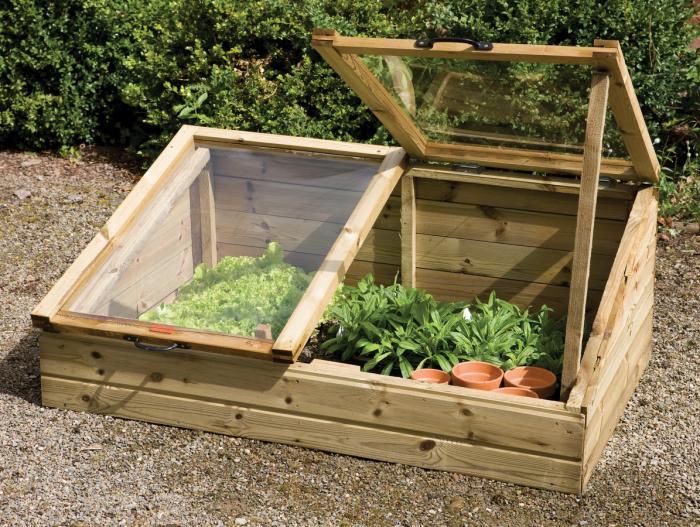I get it—creating your own greenhouse can be a daunting prospect, especially when you look at the financial and architectural aspects. Cooling and heating systems, grow lights, irrigation systems, CO2 generators, possible permits, geographic orientation, foundation, insulation, etc. I can list a dozen more aspects for consideration, but you’ve surely gotten the point by now.

Building a greenhouse can be daunting and expensive. Of course, having your own greenhouse is immensely rewarding. There’s nothing quite like creating the perfect climate to grow produce and flowers year round. However, if you’re a gardener looking to invest in a greenhouse, the staggering amount of options can make even veterans pause.
Let’s start with the simplest form of greenhouse: the cold frame. For gardeners in winter climates, the cold frame is a cheap and invaluable tool to jump start plant growth. I’ll be loosely referring to ‘winter climates’ as environments north of and in close proximity to the Mason-Dixon line.
In the simplest terms, a cold frame is a box with a transparent covering. The covering is analogous to a window on your house, and you can even repurpose an old window, skylight, or plastic covering to construct a cold frame if you’re looking to save money. The goal of a cold frame is to insulate its contents while providing ample light throughout the winter months. Cold frames typically have a wooden barrier, designed to match the transparent cover, and can be further insulated with straw, stone, brick, or specialized polycarbonate. It’s best to build the cold frame in a place that receives ample sunlight year round.
A cold frame can be used year round—it’s an easy transition from cold frame to gardening bed. Just make sure you crack the transparent cover when temperatures are a few degrees above freezing, and if temperatures exceed 45ºF, open the lid completely to ensure proper ventilation. The transparent lid traps sunlight, ensuring that your plants stay warm in the winter. If you leave the lid closed in warmer months, your plants will fry. Additionally, not ventilating your plants properly will cause them to become naturalized to warm weather, which defeats the purpose of a cold frame. You want your plants to grow throughout the winter, not wither away because it’s not 80ºF. If you have an especially frigid winter, pack the soil with hay, peat moss, woodchips, or other insulators to ensure that the soil does not freeze.
Salad greens see the most success in cold frames. Spinach, arugula, several types of lettuce, cabbage, and the famous superfood kale thrive during winter months when insulated by a cold frame. Rooted vegetables, such as potatoes, radishes, beets, and carrots, also do well in cold frames during winter months. Zinnias and pansies are examples of flowers that winter well in cold frames if you’re looking for a bit of color amidst the white snow. Finally, you can jump start your warm weather crops over a month and a half before the final frost has passed. Be the envy of all your neighbors when you harvest tomatoes, peppers, squash, and countless other warm weather vegetables before nature would normally permit it.
Joshua Nichols is the MyGardenAndGreenhouse.com associate editor.
Related Articles & Free Email Newsletter
Building a Seasonal Greenhouse
How to Calculate Polycarbonate Sheets for a Greenhouse




Comment here